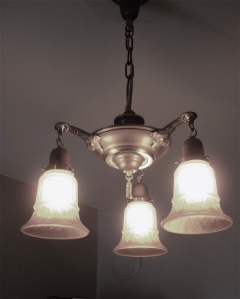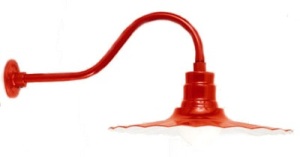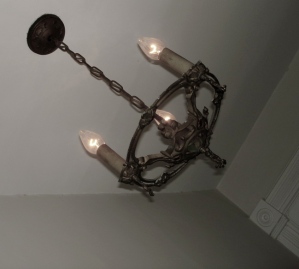Industrialism resulted in the wide availability of architectural millwork that was once only available to wealthy clients building the best of homes. Late Victorian or “High Victorian” millwork was the most elaborate and suited popular Victorian revival styles of the time including Queen Anne and Eastlake. Hull (2003) refers to the period 1890-1910 as the “Golden Age” of American architectural millwork. During this period wood was plentiful and cheap and there existed the right mix of artisans, craftsmen, and manufacturers that produced styles that were ornate, elaborate and expressive. According to Hull, the end of this great period of millwork followed the Depression era, when wood was no longer affordable and modern options, such as hollow core doors, became widely used, marking the end of historic millwork.
Many of the early millwork companies started off as lumber yards and success and growth was the result of industrialization and proximately to the railroad (Hull, 2003). It is probably no coincidence that my old Vic was built in 1889 by a local lumber barron whose business was located near the railway in the emerging industrial city of West Toronto Junction.
The Victorians did not consider most softwoods to be noble enough to stain and hence most pine interior trim would have been painted or artistically grained to reproduce the look of solid English oak.
Wood mouldings were produced from various hardwoods and softwoods with hardwoods, such as Oak and Mahogany, limited to the public rooms in grander homes. Characteristic of Victorian domestic culture, there was a strong demarcation between public rooms, that received the most ornate moulding, and the private spaces of the house that received more modest treatment (Webb, 2002). The ornate, thick and deeply milled door and window casings made mitre work more challenging for carpenters. Corner blocks, while seen as added ornamentation to contemporary eyes, were used to increase the efficiency of building wood casings and avoided highly precise mitre work (Webb, 2002).
The Victorians did not consider most softwoods to be noble enough to stain and hence most pine interior trim would have been painted or artistically grained to reproduce the look of solid English oak. Frequently the original painted graining is preserved under subsequent layers of paint. Patient restorationists can use methyl hydrate on a cloth to rub down to the original painted grain that is protected with shellac (Nigel, 1997).
Hull, Brent. (2003). Historic Millwork: A Guide to Restoring and Re-creating Doors, Windows, and Moldings of the Late Nineteenth Through Mid-Twentieth Centuries. Wiley.
Hutchins, Nigel. (1997). Restoring Old Houses. Firefly Books.
Webb, Kit. (2002). The Victorian House. London: Aurem Press.
- Door casing detail and crown moulding
- Victorian corner block
- Ornate public room baseboard
- Remaining original kitchen wainscoatting
- Ornate public room baseboard
- Door casing detail
- Victorian door casings with corner blocks
- Architrave (with plaster crown moulding)
- Classic Victorian four panel door
- Ornate bead board
- Baluster (notice variation)
- Victorian newel post
- Baluster and hand rail
- Newel post detailing
- Window sill
- Baluster detail
- Newel post and panel door in background
- Newel post
- Mullions on a Queen Anne “divided top” Window
- Heart Pine or (maybe) Fir Floors?
















































